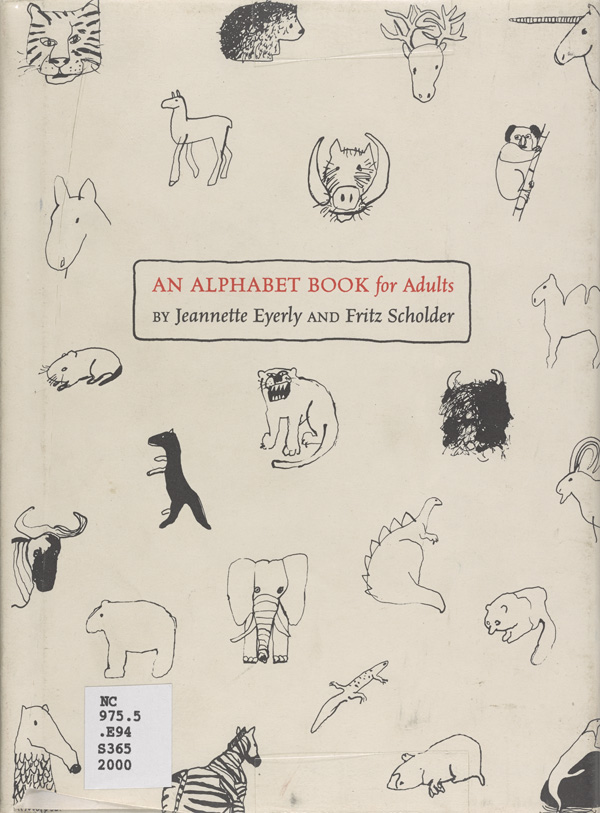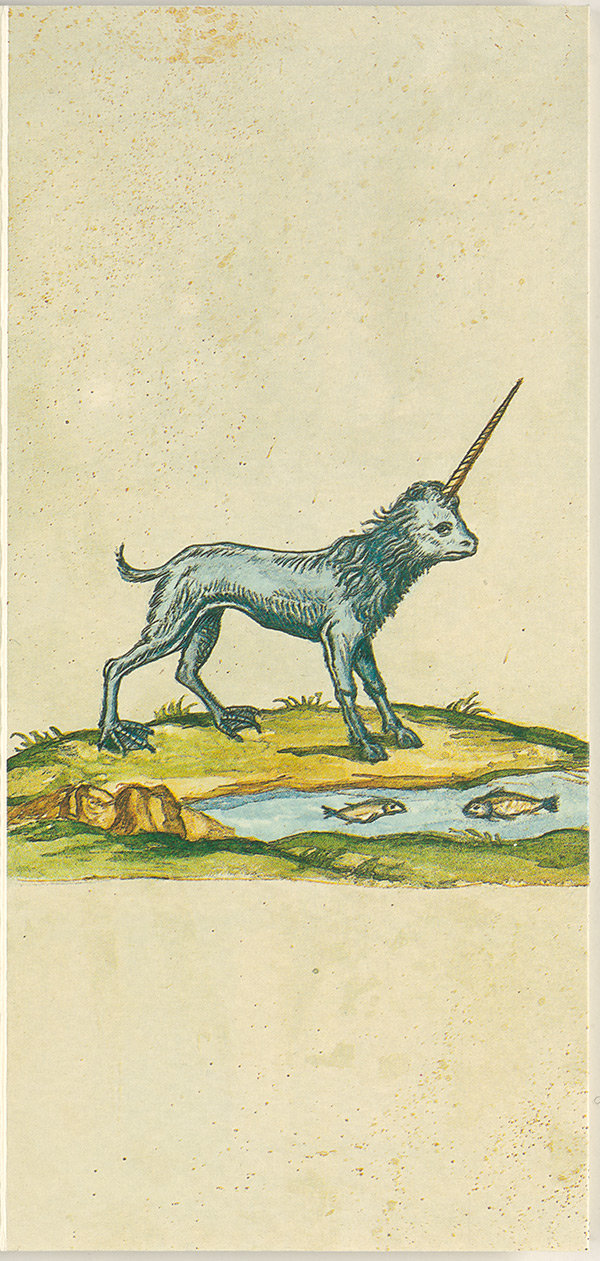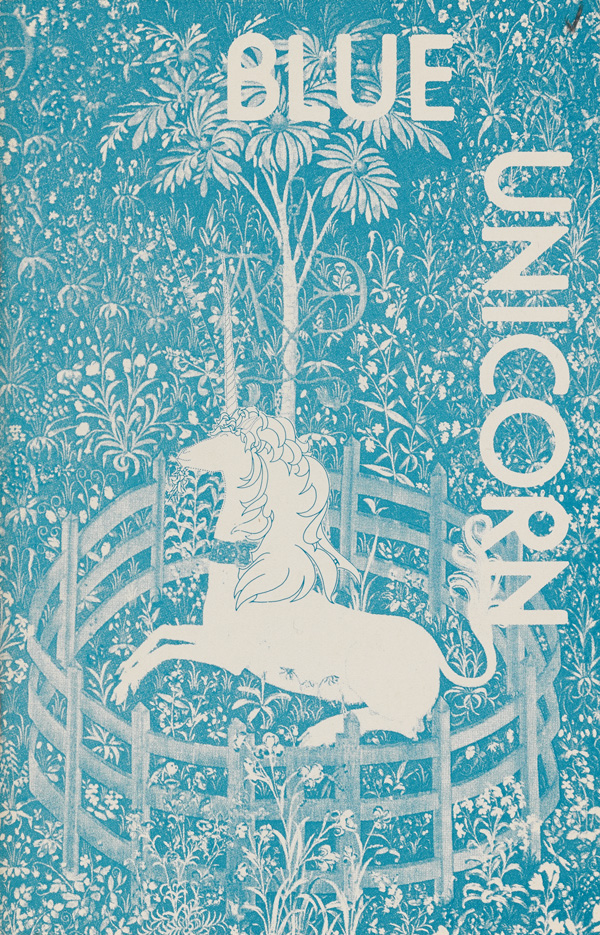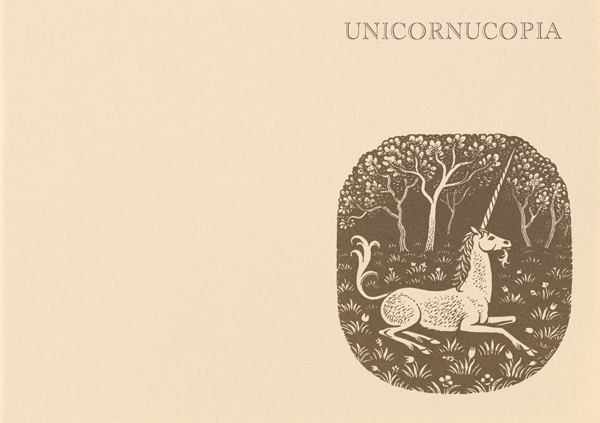The Modern
Centuries after science debunked the unicorn’s existence, as humans have become increasingly bound to factual information and visual proof, mythical creatures like the unicorn have survived in cultural imagery. Artists still regularly employ the unicorn motif in work across disciplines. Modern likenesses of the animal have both emulated the historical representations and departed from the traditions, revamping the unicorn in accordance with the design ideas and styles of the day. Looking to the narwhal tusks of Renaissance-era cabinets of curiosities as well as the dynamic figures on coats of arms, artists remain inspired by the unicorn’s historical presence.
When the fantastic
was explained,
It no longer
entertained.
Oh, how tragic!
what was no longer magic.
-The Theater of Nature or Curiosity Filled the Cabinet, Angela Lorenz, 1999.
From the Curwen Press to the Blue Unicorn journal, printing presses and small publishers have regularly identified with the unicorn. Businesses and organizations seek simple images that have the ability to easily convey broadly understood values. The common choice of a mythological creature as a logo or business name demonstrates the effectiveness of these animals in epitomizing powerful human emotions and characteristics. The unicorn myth continues to manifest itself in new ways, even today. Born from legend, embellishments, and confusion, the unicorn has tenaciously withstood the changing times, and continues to fascinate us with its unique story and associations with limitless imagination.





